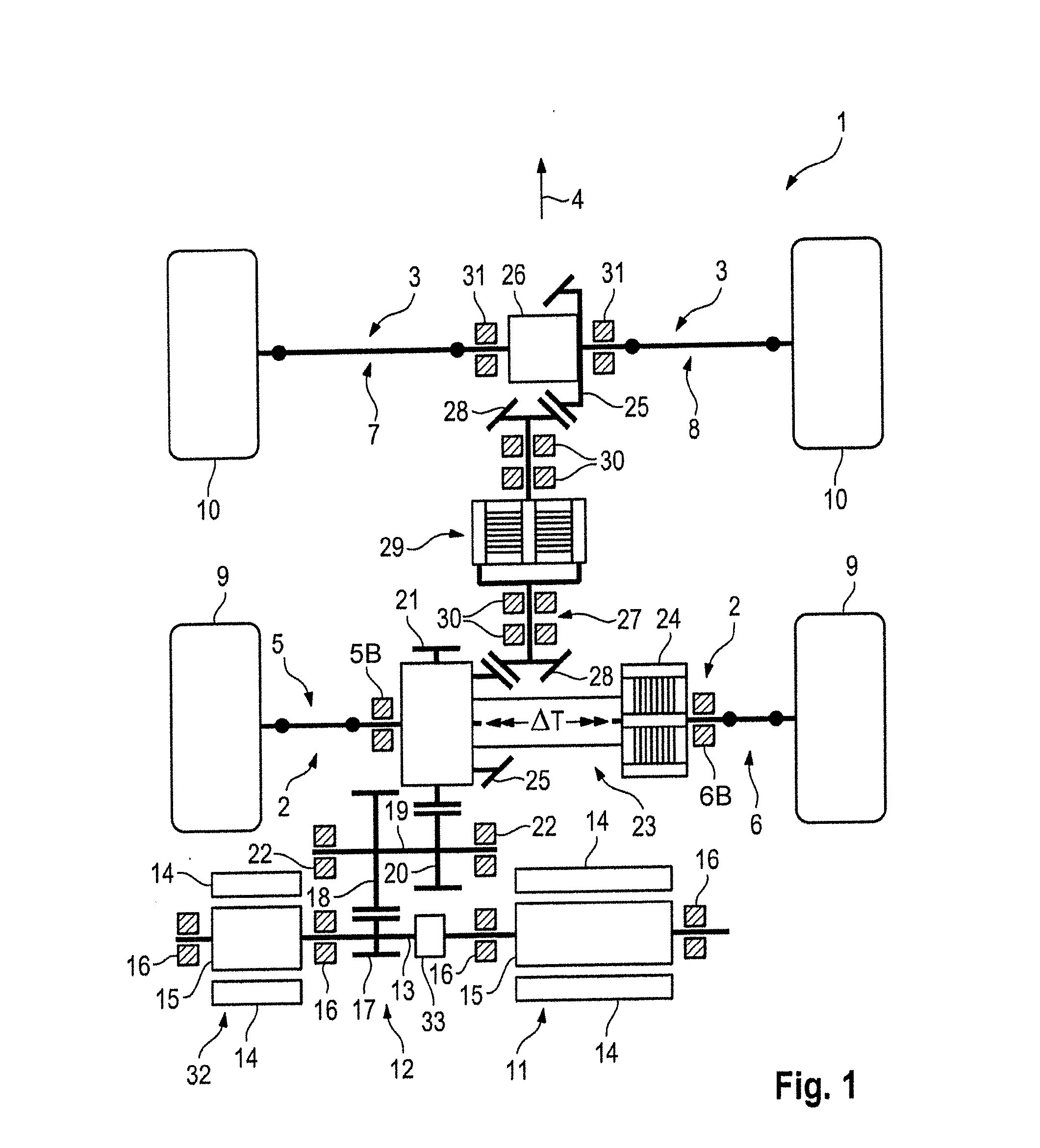Any doubts that the era of the electric car is truly upon us were dispelled at the VW Group’s annual media conference earlier this month when the firm revealed plans for electric-powered machines across its brands – including the first all-electric Porsche models.
While the news sent the traditional car press into a frenzy of speculation there’s been little substance behind the talk of which direction an electric Porsche might take, with many suggesting it will opt for a Panamera-like Tesla rival. But a spate of patent applications from the firm reveal that in fact it may be working on something far more like a battery-powered 911 – right down to the trademark rear-mounted powerplant.
Pedants might point out that there has, in fact, been an electric Porsche before; but while the Lohner-Porsche of 1900-1905 was a radical machine and very much the work of Porsche’s founding father, Ferdinand Porsche, it existed long before the current incarnation of his eponymous brand came into being.
The new patents reveal a car that combines Porsche’s traditional rear-engine layout with a battery position that should give the car sort of weight distribution usually associated with mid-engined models while still allowing space for the 2+2 seating that has made the 911 the default "practical" sports car choice for the last 50 years. As with today’s 991-series 911 models, the designs show that both rear-wheel-drive and four-wheel-drive layouts are in the pipeline, with the four-wheel-drive version using a conventional transfer box and propshaft leading to a center clutch and front differential instead of using additional electric motors to power the front wheels.

Instead, both versions use a pair of electric motors mounted transversely behind the rear wheels, with their output shafts pointing towards the center and together driving a single-speed transmission. It’s probably no coincidence that the layout of the motors resembles a boxer engine, giving yet another touchstone for Porsche fans being tempted into electric car ownership for the first time. A clutch between the motors means they can be operated independently, too – allowing a single motor to be used when the full performance isn’t needed, eliminating the additional friction of the second motor.
As well as a pair of patents showing the two- and four-wheel-drive transmission concepts, Porsche has filed a third that illustrates a chassis layout. It features a rear subframe to hold the electric motors and transmission plus a large battery pack mounted just ahead of the rear axle line.
Despite the fact that all three patents are illustrated with drawings intended to show their basic layouts rather than the finer details of the designs, it’s clear that all three together reveal the foundations of a 911-style electric car. And given that it’s Porsche we’re talking about, perhaps it should be no surprise if that’s the route it’s taking.








